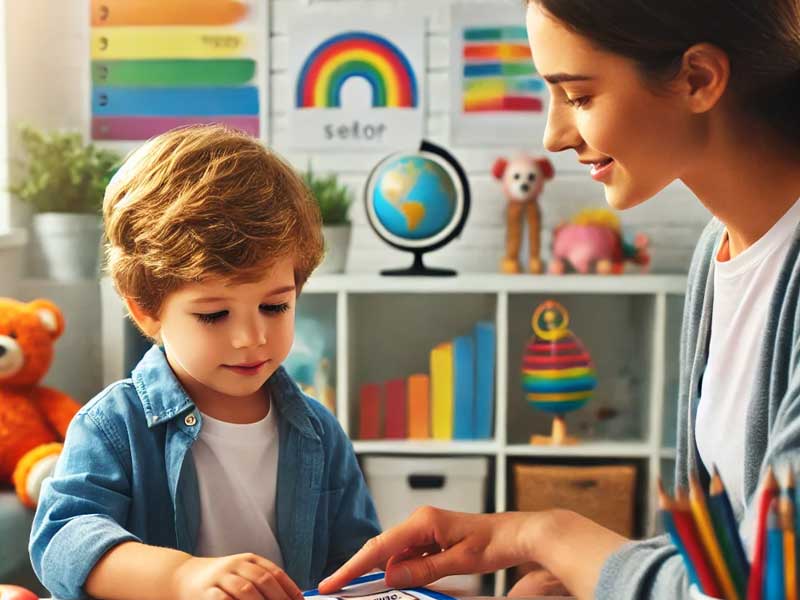Speech therapy is a crucial aspect of development for children with autism. It helps improve their communication skills, enhances social interactions, and builds confidence. This article will explore various speech therapy activities that can benefit children with autism and provide tips for parents and caregivers to support their child’s progress.
- Importance of Speech Therapy for Autism
- Effective Speech Therapy Activities
- Tips for Parents and Caregivers
- Conclusion
Importance of Speech Therapy for Autism
Improving Communication Skills
Children with autism often struggle with verbal and non-verbal communication. Speech therapy focuses on enhancing these skills by using tailored activities and exercises that cater to each child’s unique needs. Improving communication skills can significantly impact their ability to express themselves and understand others.
Enhancing Social Interactions
Speech therapy helps children with autism develop better social skills by teaching them how to initiate and maintain conversations, understand social cues, and engage in group activities. These skills are essential for building relationships and interacting with peers.
Building Confidence
As children with autism improve their communication and social skills, their confidence grows. Speech therapy provides a supportive environment where they can practice and refine their abilities, leading to increased self-esteem and a more positive outlook on social interactions.
Effective Speech Therapy Activities
Visual Aids and Sign Language
Using visual aids and sign language can be highly effective in helping children with autism communicate. These tools provide alternative methods for expressing thoughts and needs, making it easier for children to convey their messages.
Interactive Storytelling
Interactive storytelling involves reading stories together and encouraging the child to participate by asking questions, making predictions, and discussing the plot. This activity helps develop language skills, comprehension, and critical thinking.
Role-Playing Games
Role-playing games allow children to practice social interactions in a controlled and fun environment. By acting out different scenarios, they learn how to navigate various social situations, improving their ability to interact with others in real life.
Using Technology and Apps
There are numerous apps and technological tools designed to support speech therapy for children with autism. These resources offer interactive and engaging ways to practice communication skills, making learning more enjoyable and effective.
Song and Rhythm Activities
Songs and rhythm activities are great for teaching language and speech skills. The repetitive nature of songs helps reinforce vocabulary and sentence structure, while the rhythm aids in improving articulation and fluency.
Tips for Parents and Caregivers
Creating a Supportive Environment
Creating a supportive and encouraging environment at home is crucial for the success of speech therapy. Parents and caregivers should provide consistent positive reinforcement, celebrate progress, and be patient as their child develops new skills.
Working with Therapists
Collaborating with speech therapists is essential for effective therapy. Parents and caregivers should maintain open communication with therapists, follow their recommendations, and participate in therapy sessions when possible to reinforce learning at home.
Encouraging Consistent Practice
Consistent practice is key to the success of speech therapy. Parents and caregivers should incorporate speech therapy activities into daily routines, providing regular opportunities for their child to practice and reinforce their skills.
Conclusion
Speech therapy plays a vital role in the development of children with autism, helping them improve communication skills, enhance social interactions, and build confidence. By utilizing effective speech therapy activities and supporting their child’s progress, parents and caregivers can make a significant difference in their child’s development. With patience, consistency, and collaboration with therapists, children with autism can thrive and reach their full potential.
